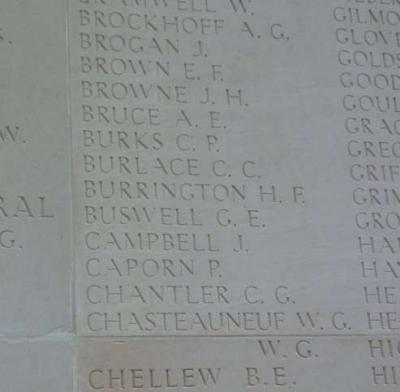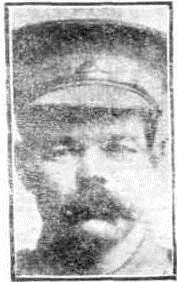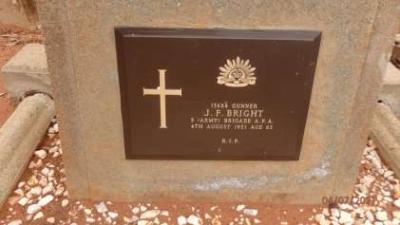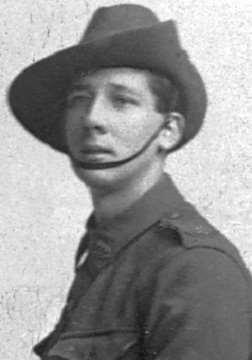Not Forgotten, 882 Lieutenant Leonard Charles COOKE MC, 11 Battalion AIF, World War 1
Commemoration of the military service of 82 Lieutenant Leonard Charles Cooke MC, killed in action 7 October 1917
Private Leonard Cooke was born in Bunbury in January of 1890, the son of John Henry and Emily Cooke of Cowcowing. At the time of his enlistment, Len Cooke was the assistant station master in Balingup. Having served 3 years in the WAIR Bunbury and being discharged on request, Leonard Cooke enlisted on 18 August 1914 with Allan Black from Koorda area at the age of 24 and was placed in the 11th Battalion. Private Cooke embarked from Fremantle with the 11th Battalion on HMAT A11 Ascanius on 2 November 1914, arriving in Egypt to continue training in early December and then HMT Suffolk from Alexandria on 2 March 1915 to join the British Expeditionary Force on the Gallipoli Peninsula.
The 11th Battalion was among the first infantry units raised for the AIF during the First World War, the first battalion recruited in Western Australia and formed part of the 3rd Brigade which was the covering force for the ANZAC landing on 25 April 1915 and so was the first ashore at around 4:30 am. Ten days after the landing, a company from the 11th Battalion mounted the AIF’s first raid of the war against Turkish positions at Gaba Tepe. Subsequently, the battalion was heavily involved in defending the front line of the Anzac beachhead. In August, it made preparatory attacks at the southern end of the Anzac position before the battle of Lone Pine.
Leonard Cooke was promoted to corporal in the Dardanelles on 10 July 1915 and to sergeant, also in the Dardanelles on 21 August 1915. He suffered a severe gunshot wound to his buttock on 5 September 1915 and was admitted to the hospital in Mudros, transferred to 19th General Hospital in Alexandria, then to England where he was admitted to the Military Hospital New End in Hampstead.
After the withdrawal from Gallipoli, the 11th Battalion returned to Egypt. It was split to help form the 51st Battalion, and then brought up to strength with reinforcements. In March 1916, the battalion sailed for France and the Western Front. Leonard Cooke rejoined the 11th Battalion in France in April 1916 and was promoted to second lieutenant on 5 August 1916 and lieutenant on 21 November 1916. In 1917 the battalion took part in the brief advance that followed the German Army’s retreat to the Hindenburg Line. The battalion subsequently returned to Belgium to participate in the offensive that became known as the Third Battle of Ypres. Leonard Cooke was awarded the Military Cross for 'conspicuous gallantry and devotion to duty. He established and maintained communications under very heavy fire throughout the operations and set a splendid example of courage and determination’, award recommended on 23 April 1917 and awarded 15 May 19172.
Lieutenant Leonard Cooke was killed in action on 7 October 1917 at Broodseinde, Passchendaele, Belgium. The attack began before dawn on 4 October 1917. The Australian troops involved were shelled heavily on their start line and a seventh of their number became casualties even before the attack began. When it did, the attacking troops were confronted by a line of troops advancing towards them; the Germans had chosen the same morning to launch an attack of their own. The Australians forged on through the German assault waves and gained all their objectives along the ridge. It was not without cost, however and the Australian divisions suffered 6,500 casualties.
Despite being unofficially buried near Passchendaele, when an intensive search was made of the battlefields for his grave it was not found, so Leonard Cooke has no known grave and is commemorated on the Menin Gate. He was awarded the Military Cross, the 1914/15 Star, the British War Medal and the Victory Medal.
His brother, 7097 Private Wesley John Cooke of the 16th Battalion died of wounds on 31 March 1918.
Details
Details
When the Great War broke out in Europe in 1914, Dowerin was an isolated farming district, several days travel by horse or by coach from Perth. Over the succeeding four years at least 176 men and one nurse served in the armed forces of the Empire. The names of the men who served can be read on the Honour Roll in the Dowerin Town Hall or can be accessed on the museum section of the Shire of Dowerin website.
Fifty-one men from the district died in the Great War and their names are inscribed on the Dowerin War Memorial which was unveiled on ANZAC Day 1936. Subsequent conflicts have seen more names memorialised and each ANZAC Day their sacrifice is honoured and remembered by the community.
For some years Diane Hatwell had been intrigued by the names on the Dowerin War Memorial. Some were familiar with the families still in the district but some not so. Diane felt It was important for the community that when we said each ANZAC Day “We will remember them”, we had some idea of who and what we are remembering. She set about, to find out who they were, what they were doing in the Dowerin district, and where and how they died. These pages presented through Collections WA represent the current state of this ongoing research and community response.
Open in Google Maps
Nearest geotagged records:
- Not Forgotten, 3132 Private Frank James CARD, 48 Battalion AIF, World War 1 (0km away)
- Not Forgotten, 3291 Private Victor LUNDY, 21 Battalion AIF, World War 1 (0km away)
- Not Forgotten, 6956 Private Stewart Arthur McDOWALL, 16 Battalion AIF, World War 1 (0km away)
- World War 1, Australia Western Australia, 2587 KANE, 43 Battalion, 1916 (0km away)
- Not Forgotten, 7751 Private William Wilson MORGAN, 11 Battalion AIF, World War 1 (0km away)
- World War 1, Australia, Western Australia, 312 McCARTHY, 10 Light Horse (0km away)
- Not Forgotten, 6322 Private Alfred GROVES, 28 Battalion AIF, World War 1 (0.01km away)
- World War 1, Western Australia, Swanbourne, 3253 WEEDON, 51 Battalion AIF (0.01km away)
- World War 1, Europe, BURNETT, 16 Battalion, 1918 (0.01km away)
- World War 1, Australia, Western Australia, 615 DOWDELL, 10 Light Horse (0.01km away)
Other items from Dowerin District Museum
- Not Forgotten, 3132 Private Frank James CARD, 48 Battalion AIF, World War 1
- Not Forgotten, 4758 Private George Edward BUSWELL, 48 Battalion AIF, World War 1
- Not Forgotten, 2838A Private Albert George BROADBENT, 5 Pioneer Battalion AIF, World War 1
- Not Forgotten, 13684 Gunner James Frederick BRIGHT, 3 Field Brigade Ammunition Column AIF, World War 1
- Not Forgotten,4732 Acting Corporal John Livingstone BENNETT, 11 Battalion AIF, World War 1
- Not Forgotten. 200 Private Harold Reeve BEECHEY, 16 Battalion AIF, World War 1, and 1368 Private Christopher William Reeve BEECHEY, 4 Field Ambulance AIF, World War 1
- Not Forgotten. 7682 Private Alfred Edward AINSWORTH, 51 Battalion, World War 1
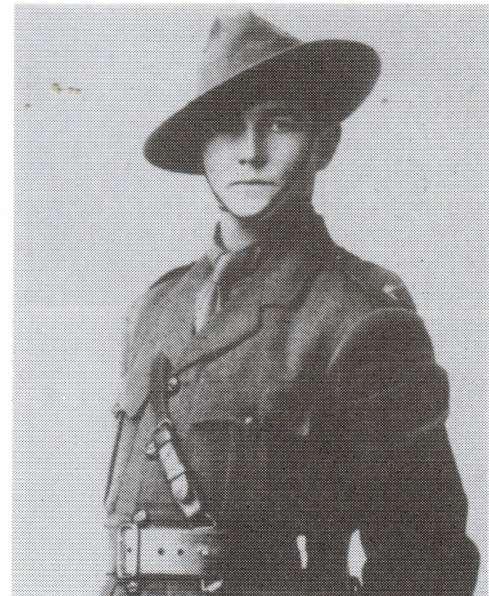
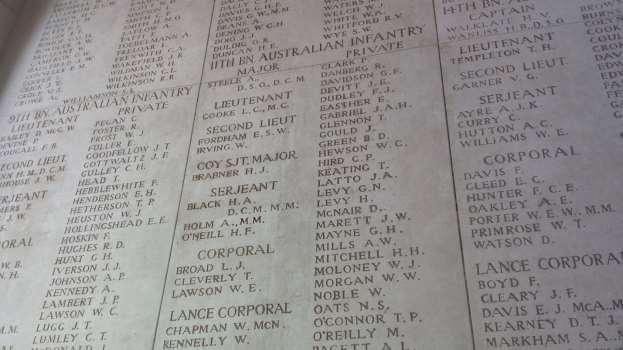
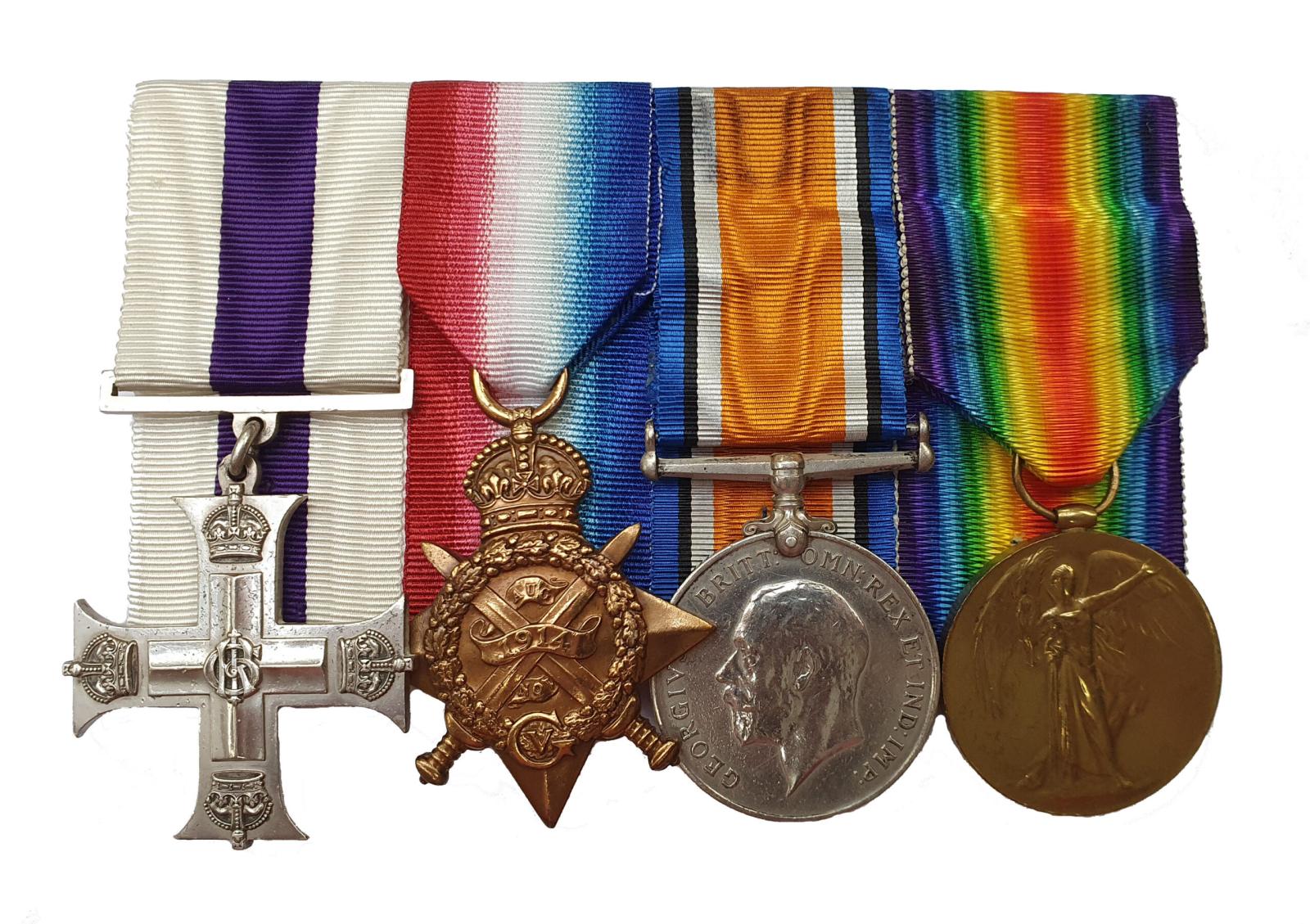
Scan this QR code to open this page on your phone ->


